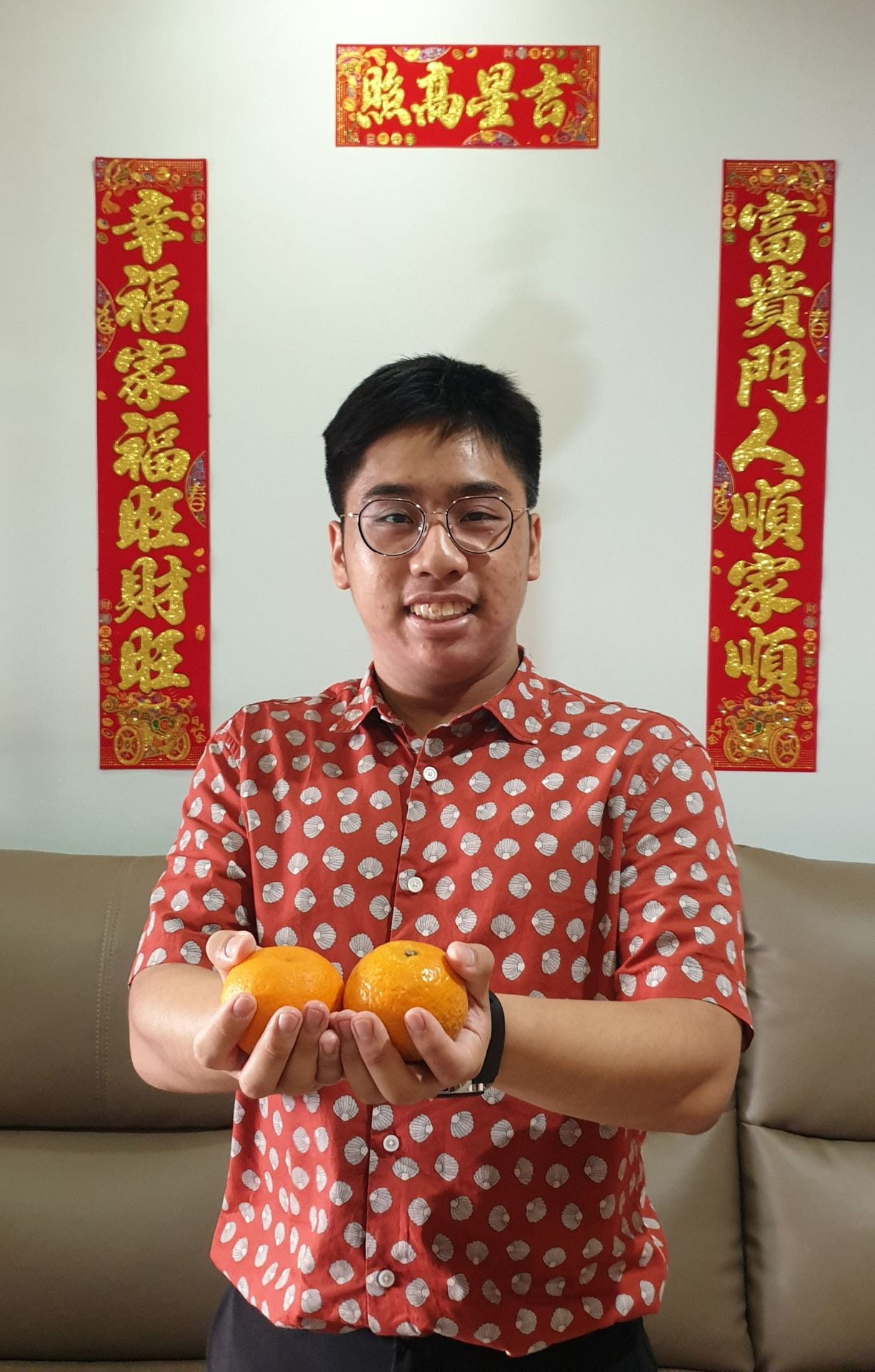Hello! Welcome back to my blog!
Last week I mentioned how some of our Chinese New Year (CNY) traditions were raising environmental concerns. In this post, I will be sharing more about one such tradition.
‘Out with the old, in with the new’ is a commonly heard mantra during CNY. It reflects a belief that one should replace our old belongings to rid ourselves of bad luck and welcome good luck and prosperity into our lives. Clothes, shoes, furniture, decorations… the shopping list goes on. Such a lifestyle is incredibly wasteful. I too, am guilty of this, having bought a new red shirt for CNY that I have not worn since. In fact, there are many other shirts that I have bought and rarely worn over the years. I did some digging around in my wardrobe and found that on average I bought around 3-4 new outfits every CNY.


This tradition leads to us buying many things that we don’t need while throwing away items that could still be useful. In 2019, Singapore produced 168,000 tonnes of textile waste, of which only 4% was recycled. Of course, CNY produces other types of waste, and multiplied by the sheer number of celebrants around the world, it all starts to add up. The obvious answer to this issue is to simply not buy new outfits every year and stick to our old ones. But are there ways where we can still have new outfits to usher in good luck while being sustainable? Of course, there are!
For starters, we can take part in clothes swaps! These can be held at the workplace or through online platforms to exchange fresh outfits. ‘The Fashion Pulpit‘ is an example of an online platform for clothes swapping. They offer various membership plans that allow one to go from a one-time swap to a full year of unlimited swapping. In fact, they even host a special swap event for CNY where one can swap up to 10 pieces of traditional clothing, footwear and accessories for $25. This seems like a perfect option to welcome some luck (and extra savings) into our lives during CNY.

Another alternative to consider is upcycling. Upcycling clothes involve taking old or worn-out clothing and repurposing them into ‘new’ ones. It allows us to create our own masterpieces and refresh our wardrobes. Communities such as Fashion Makerspace organise upcycling workshops which can help beginners get started. Indeed, this idea of creating new from old does seem apt for CNY.
These sustainable strategies intrigued me and made me tempted to try them out come next CNY (assuming COVID-20 doesn’t happen…). These strategies were new to me and it made me wonder about how popular they were. As such, I decided to do a survey on my friends and family to find out more about their consumption patterns during CNY and the popularity of such strategies. I will be sharing my findings in the following week so stay tuned!
Cheers,
Jun Yu
Hi Junyu! Wen han here. I am truly impressed by clothes swapping and upcycling concepts. However, I am also curious about the public consciousness about these platforms. Are people generally aware these methods of recycling textiles do exist? For me personally, I have always wanted to recycle my used clothes (CNY clothing or day-to-day wear) but always ended up donating them to big charity organisations.
Hi Wen Han! Thanks for reading! I think we share the same sentiments. Honestly, I feel that these concepts are still not very well-known and popular to the public. This might especially be the case among older generations of Singaporeans who might tend to stick more firmly to the beliefs and traditions that they have followed for decades. As such, they might be less accepting of such a concept and prefer to get items that are brand new instead. I hope to be able to find out more in the survey next week!